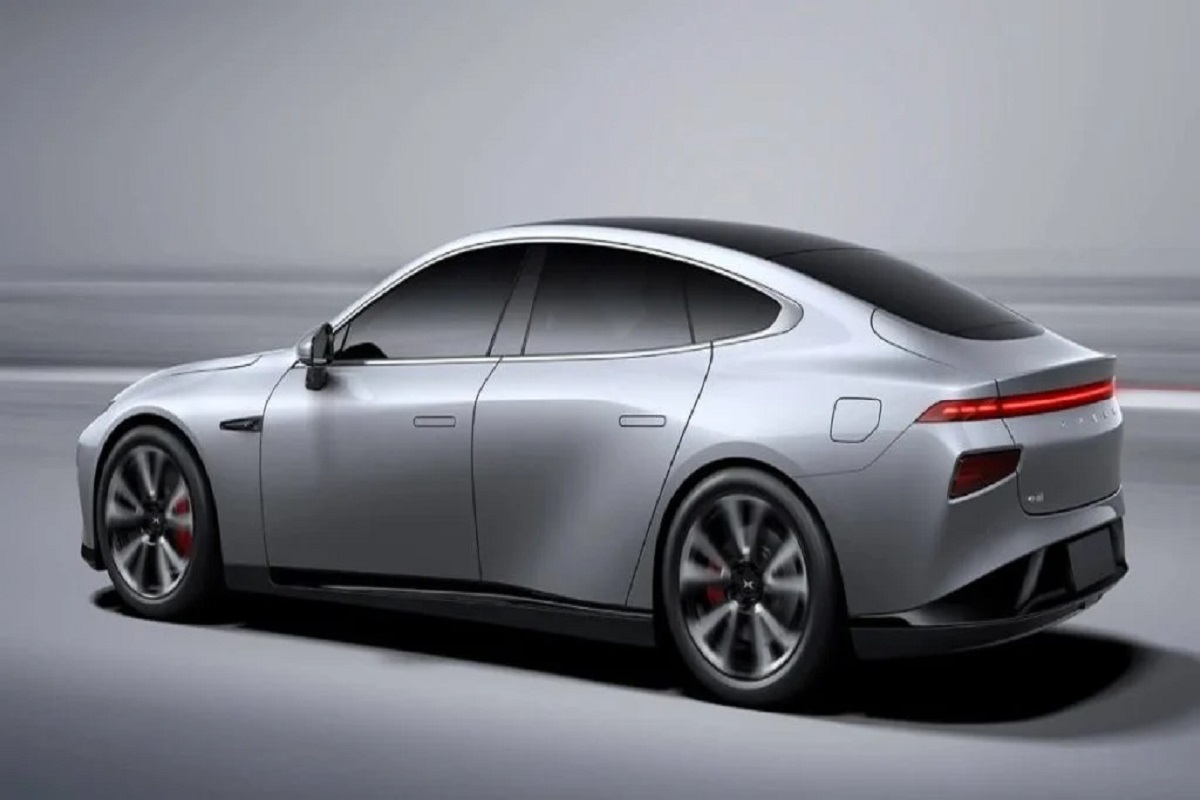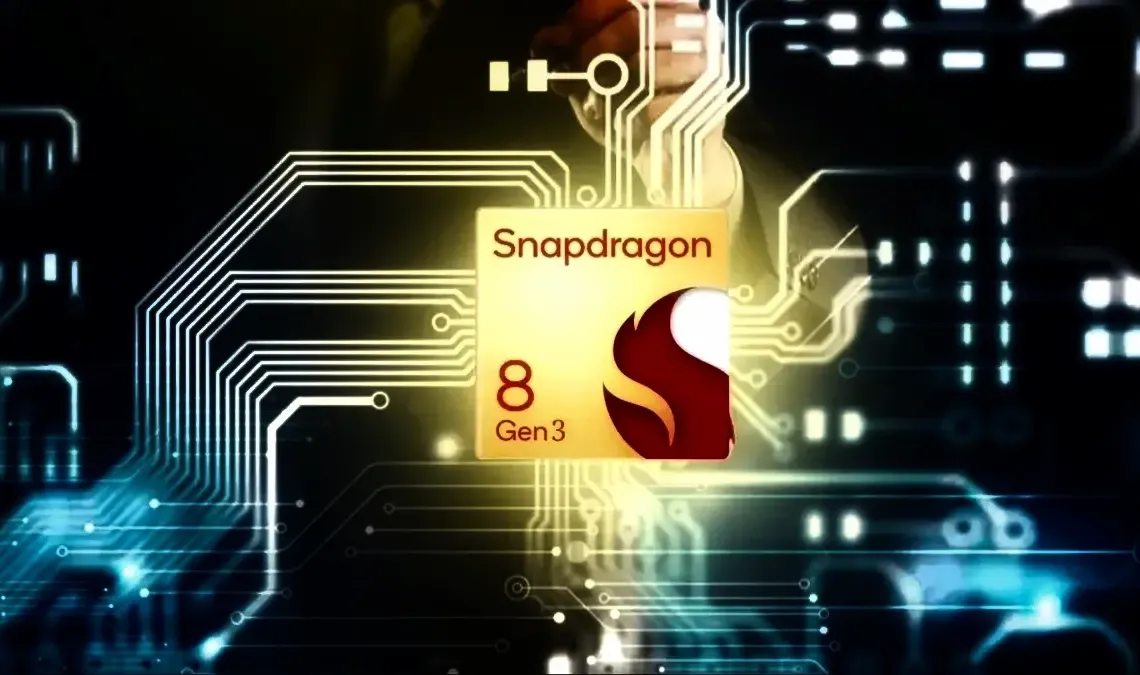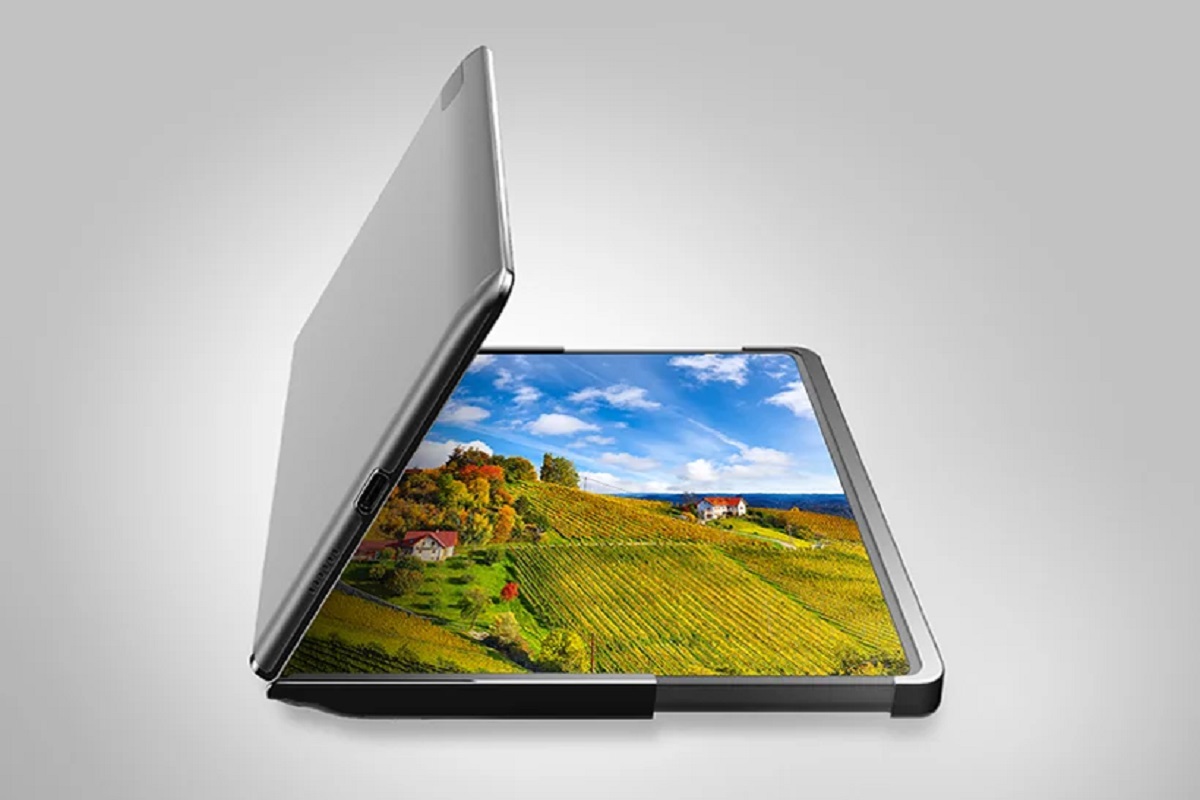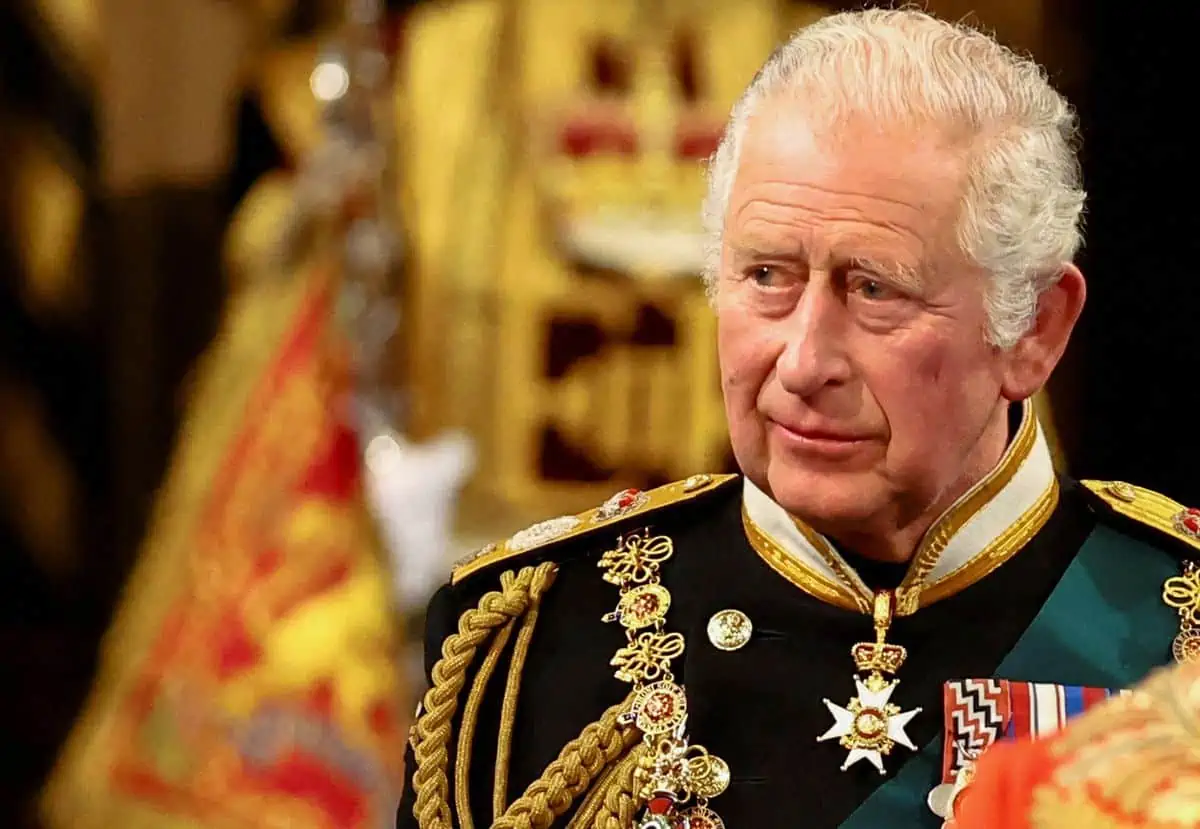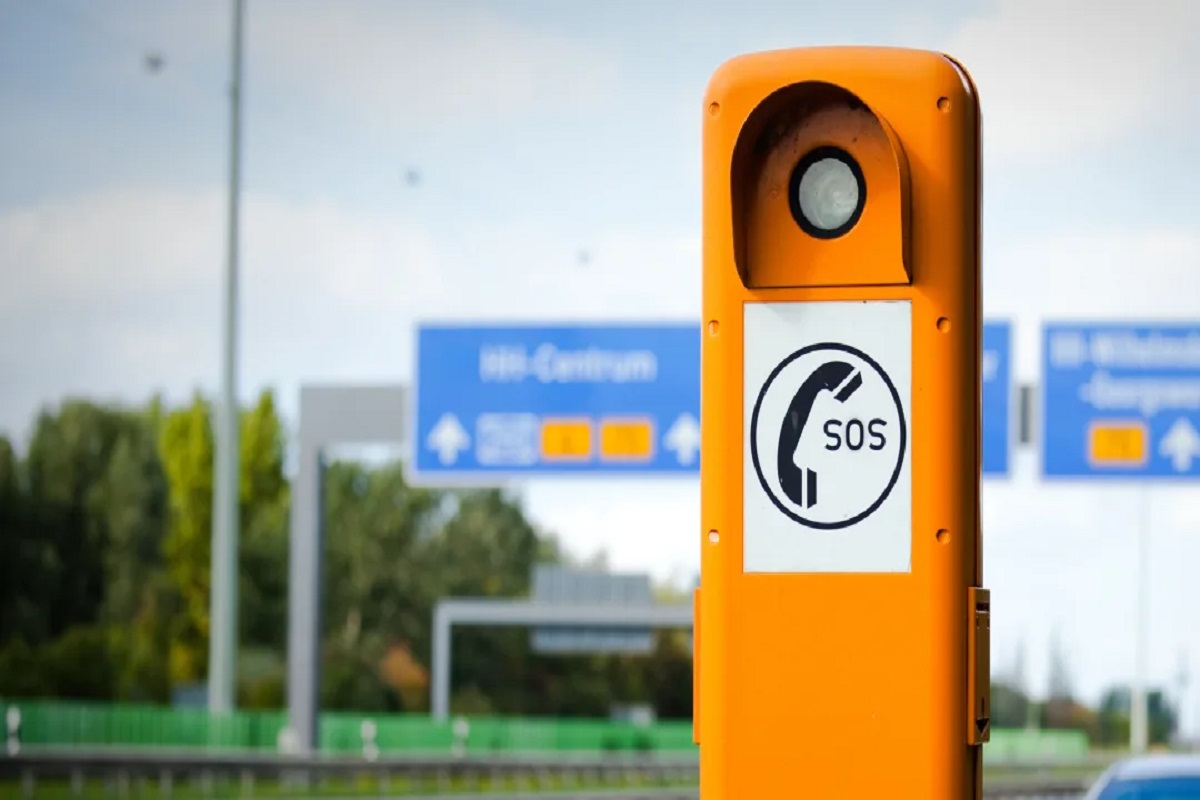In July 2022, Samsung filed for a trademark called “Hexa²Pixel,” hinting at a new camera sensor technology. This technology, when applied to a camera sensor, would enable 36:1 pixel binning, a process where data from neighboring pixels is combined to produce better photos with reduced noise.

The name “Hexa²Pixel” suggests a pixel binning factor of 36, as hexa means six, and six squared equals 36. When Samsung filed for this trademark, they showcased post-binning images with resolutions ranging from 12MP to 12.5MP, using the 108MP sensor found in the Galaxy S22 Ultra. By multiplying these resolutions by 36, we arrived at a potential range of 432MP to 450MP.
Recent information from a reputable source, known as Revegnus, indicates that Samsung is indeed working on a new camera sensor series called ISOCELL HW. The first two sensors in this series, HW1 and HW2, are expected to feature nearly 1-inch sensor sizes. The HW1 sensor will offer an impressive 432MP resolution with a sensor size of 1/1.05″ and a pixel size of 0.56 micrometers. Meanwhile, the HW2 sensor will also boast a 432MP resolution and a size close to 1-inch, measuring at 1/1.07″ with a pixel size of 0.5 micrometers.
Revegnus also provided insights into Samsung’s upcoming foldable devices. The Galaxy Fold 6 is rumored to continue using the 50MP GN3 image sensor, which is currently employed in the Galaxy Z Fold 5. On the other hand, the Galaxy Fold 7 is expected to feature a significant upgrade in its camera department, with a 200MP ISOCELL HP5 sensor. This sensor will have a sensor size of 1/1.3-inch and a pixel size of 0.5 micrometers.
Back in August, the same source revealed that Samsung is gearing up to mass-produce several new ISOCELL image sensors in the second half of 2024. These include the 200MP HP7 sensor with 0.6μm pixels, a 50MP GN6 sensor, and an impressive 440MP HU1 sensor.
It’s fascinating to see how a simple mathematical deduction based on the “Hexa²Pixel” trademark filing accurately predicted a camera sensor with a 432MP resolution. However, what remains uncertain is when Samsung will introduce a smartphone with this remarkable 432MP camera. The Galaxy S24 Ultra might not be the candidate, so the earliest possibility could be the Galaxy S25 Ultra in 2025. But it’s more likely that we’ll see this advanced camera sensor in either the Galaxy S26 Ultra or the Galaxy S27 Ultra.

